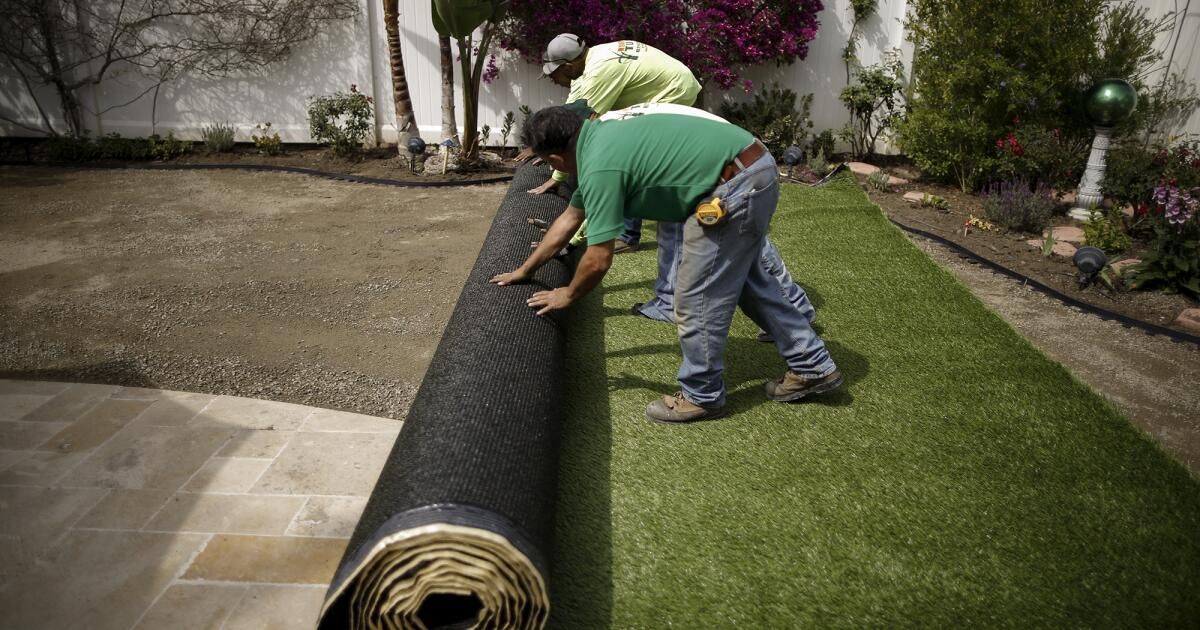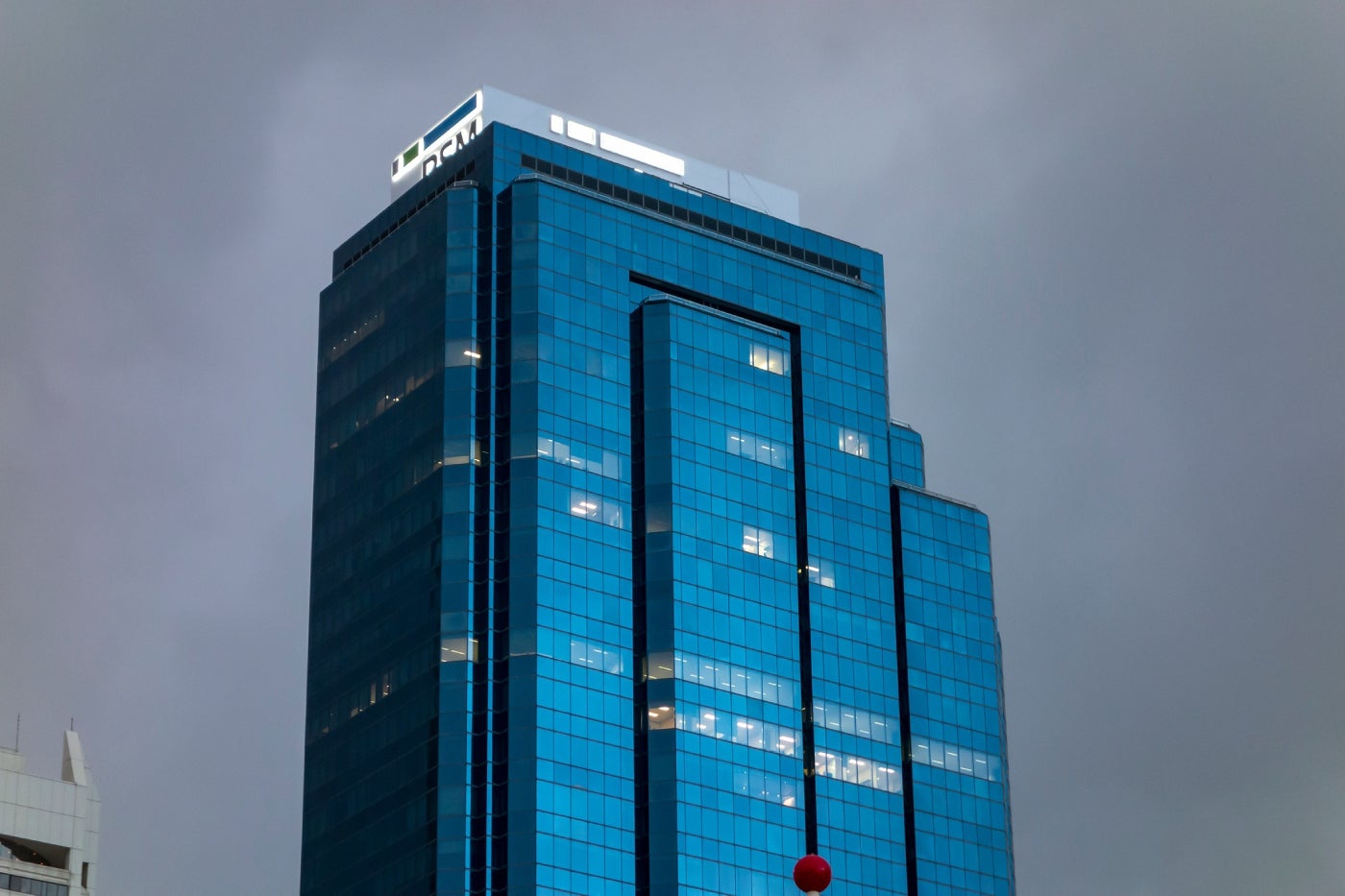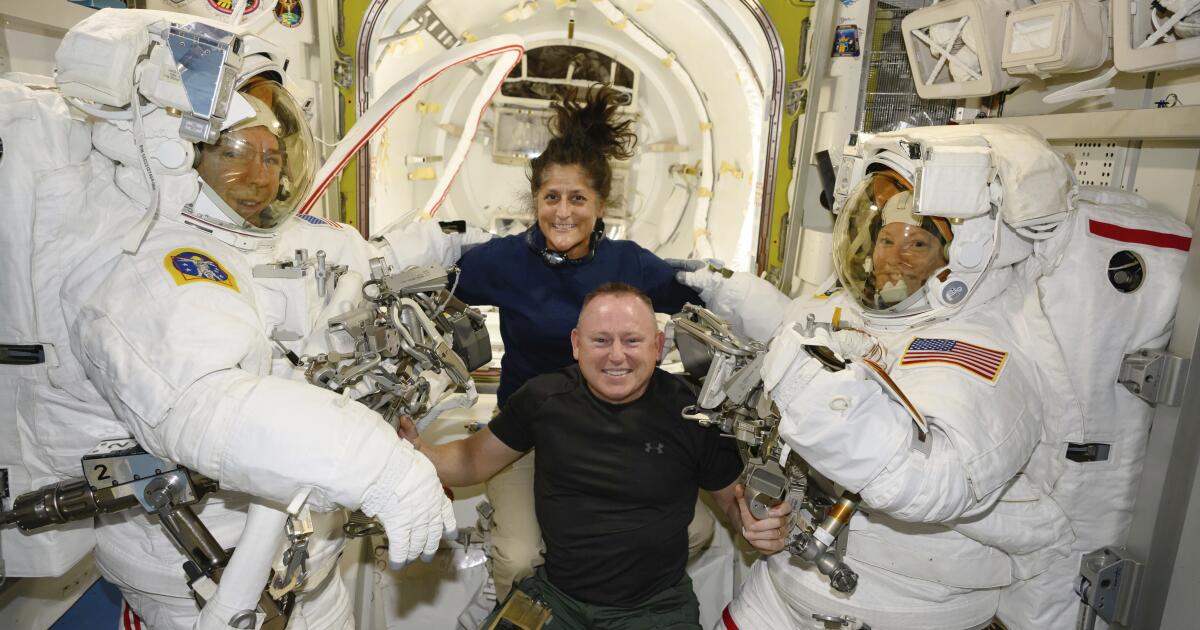To the editor: I was disappointed by Charles Miller's recent opinion piece that mischaracterizes the environmental, water-saving and health benefits of synthetic turf.
Synthetic turf saves millions of gallons of water a year and allows millions of Americans to enjoy countless hours of play — crucial points that Miller leaves out. It has the power to “foster healthy lifestyles and civic pride,” as Moreno Valley Mayor Ulises Cabrera said of a new artificial turf soccer field.
For its part, Miller accurately states that synthetic turf does not contain intentionally added per- or polyfluoroalkyl substances (PFAS). The Synthetic Turf Council shares concerns about PFAS present in water, air, soil and food products, but studies show that PFAS levels on synthetic turf fields are typically lower than those on turf fields and other environments.
The benefits of synthetic turf are clear and substantial, making it a vital resource for communities across the country. Readers deserve to have all the information and context about turf in these discussions.
Melanie Taylor, Forest Hill, Maryland.
The author is president and CEO of the Synthetic Turf Council.
..
To the editor: Thanks to Miller for listing all the reasons why plastic lawns don't save water and are bad for our ecosystems, our health, and global warming.
The 2011 book “Reimagining the California Lawn,” by Bart O'Brien, Carol Bornstein and David Fross, made the case for both artificial turf and real grass and offered numerous creative, water-saving alternatives.
Susan Chamberlin, Santa Barbara
..
To the editor: I was appalled by Miller's attack on “plastic” lawns.
My husband and I bought our current home in 2008 and, faced with a backyard with overgrown grass and stickers that prevented our young grandchildren from playing there, we replaced it with “artificial” grass. Twenty-four years later, we are still very pleased with the change.
Contrary to what Miller claims, our plastic grass is not short-lived or maintenance-intensive. We rely solely on rainwater to clean it, not cleaning products.
Speaking of rain, our grass allows any water that falls on it to seep into the soil beneath; it is not impermeable.
Three years ago, we replaced our front yard with several raised beds surrounded by artificial grass paths. Since removing our old lawn sprinklers, our Los Angeles Department of Water and Power bills have consistently been at the lowest water usage level.
Margaret Parkhurst, Westchester
..
To the editor: While the artificial turf industry has convinced some consumers that its product is good for the environment, it has gone to great lengths to conceal the product's vulnerability to unsightly and often permanent damage.
For example, they don't want to explain to us how heavy objects can tear that material, or how the heat from a grill or cigarette can melt it, or how household solvents and oil disfigure it, or how even chewing gum can create a frustrating mess. They don't tell us how difficult and expensive it can be to repair damaged artificial grass.
These vulnerabilities should also be included in any truthful assessment of the impacts of artificial turf, both for institutions and homeowners.
Brian Roberts, Covina












